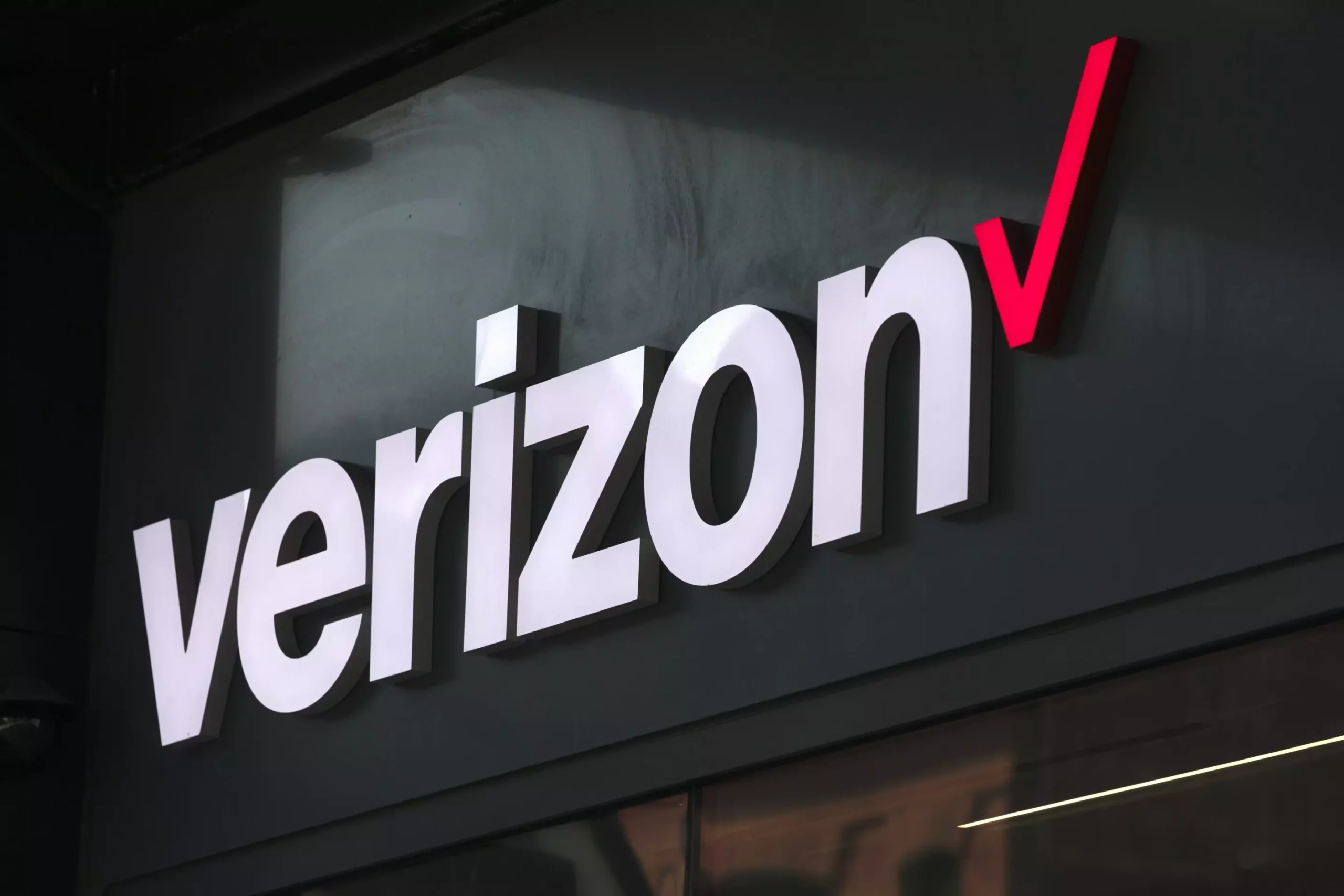On Monday, a significant service interruption impacted numerous Verizon customers across the United States, leaving many without cellular connectivity. According to outage monitoring service DownDetector, reports of service issues surged past 100,000 just after 11 a.m. ET. Although the figures eventually decreased, nearly 48,000 users still faced service disruptions several hours later. This disruption was not limited to any particular region; users reported issues from a broad range of locations, including the Southeast, Midwest, Northeast, and West Coast. The widespread nature of the outage raised concerns and frustrations among customers who depend on reliable communication, particularly those still grappling with the effects of natural disasters like Hurricane Helene.
In the wake of the outage, Verizon addressed the situation via a post on social media platform X, acknowledging the problem and informing users that their engineers were diligently working to resolve the issues. Their message attempted to reassure customers by underlining their commitment to solving the connectivity crisis. However, even as Verizon communicated its technical efforts, the impact on users was palpable. Many took to social media to voice their displeasure over the service interruptions, emphasizing the disruption to their daily lives, from work-related communications to emergencies.
The Federal Communications Commission (FCC) also weighed in on the situation later in the day, confirming their awareness of the outage and announcing plans to investigate its root cause. However, the FCC’s response was somewhat limited, offering no actionable details for the concerned public. This highlights a crucial aspect of telecommunications: the importance of transparency from service providers during significant outages. Misinformation or lack of communication can exacerbate user frustration and diminish trust in the service provider.
Many customers with iPhones reported seeing “SOS” messages on their devices’ status bars, indicating failures to connect to Verizon’s cellular network. This safety measure allows iPhone users to make emergency calls through other networks even when disconnected from their primary carrier. Exploring alternative options during such outages, like utilizing Wi-Fi for calling, can be crucial. Most smartphones today, including Android and iOS devices, come equipped with Wi-Fi calling features, allowing users to reroute their calls through stable internet connections. This solution, while not perfect, can mitigate some challenges posed by cellular outages.
As Verizon braces for potential repercussions from the outage, including inquiries from the FCC and customer trust issues, it serves as a reminder for the telecommunications industry about the critical necessity of robust infrastructure and responsive customer service. Keeping communication channels open and ensuring smooth connectivity should be at the forefront of corporate priorities, particularly as reliance on mobile connectivity grows. As technology continues to evolve, service providers must be proactive in preventing such incidents and equipped to handle them efficiently when they do occur.


Leave a Reply